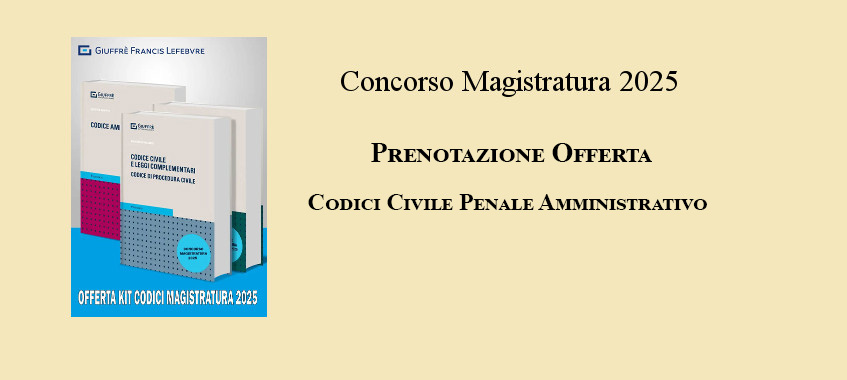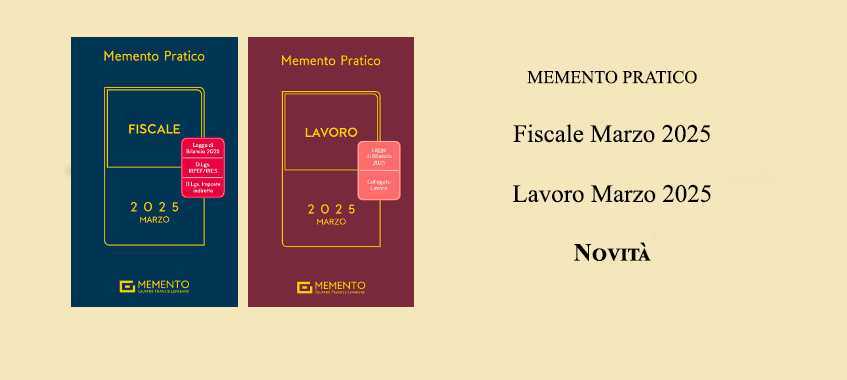The general trend away from traditional, formal insolvency proceedings opens up a vast area to private ordering, with all the associated opportunities and risks. The transition can be less costly if the resulting uncertainty is reduced to a minimum. This presents national legislators with a delicate challenge. They should not be overly prescriptive and should effectively delegate decision-making to stakeholders and expert professionals, who are likely to be better informed and better incentivised. At the same time, the law must provide for information to flow where needed and for the creation of optimal incentives. Against this background, guidance on best practices can be of great value. It may assist policymaking in one jurisdiction by drawing attention to successes and failures in others, and it may allow professionals, advisors, debtors, creditors and courts to find common ground in the formulation of high-quality distress resolution plans and in distinguishing viable and non-viable distressed debtors. Based on extensive empirical research in four European Union states, this book takes up the challenge of unearthing and crystallising some of the most critical best practices in the various stages of a distress resolution process. Drawing on these best practices, it provides lawmakers with several ‘Policy Recommendations’, and other key stakeholders with a set of ‘Guidelines’. Special attention is given to the particular needs of micro, small and medium enterprises.





